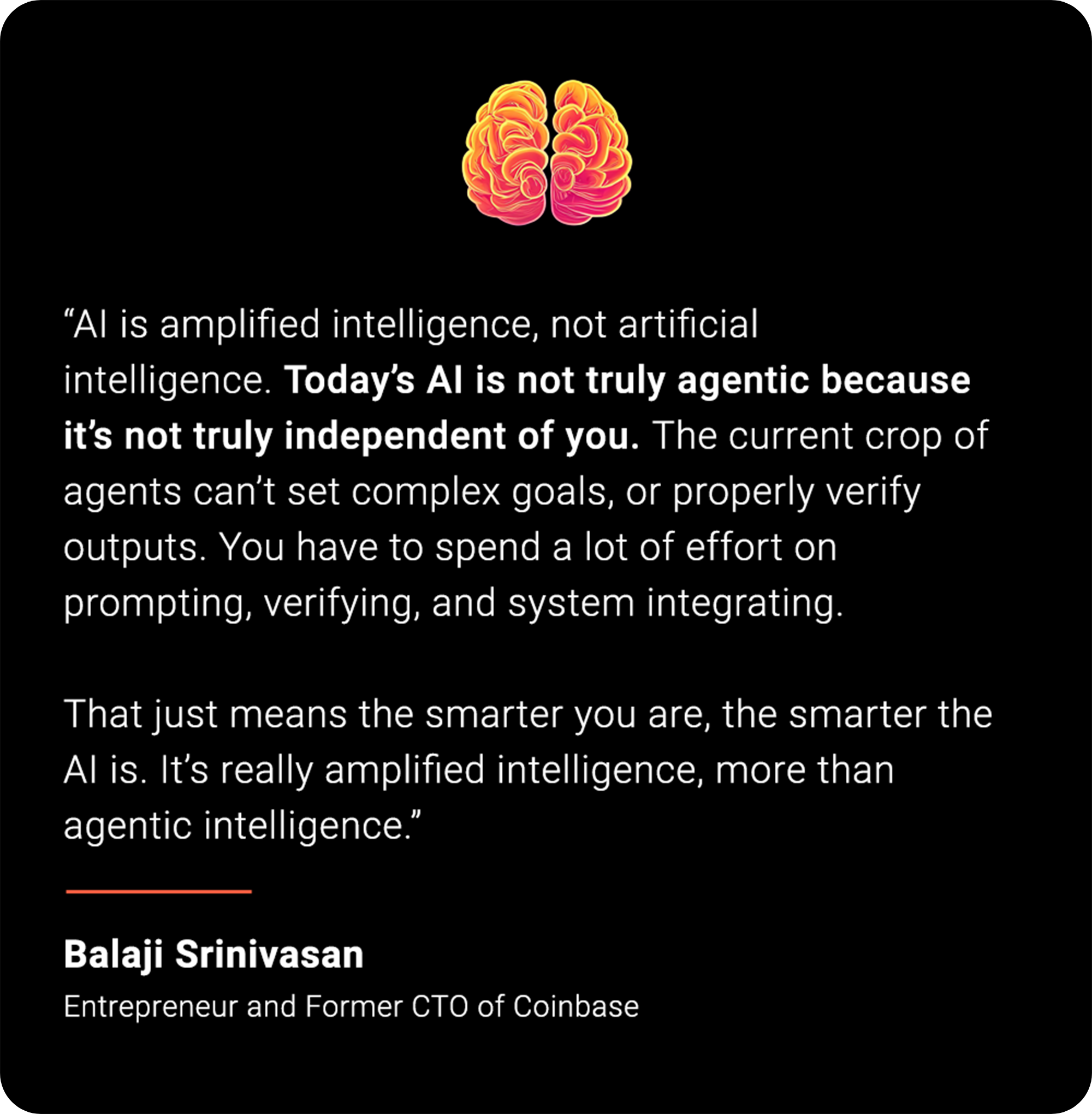Monday Memo

A Byte of Knowledge
That 247% winner your trading service just hit?
It might as well have never happened.
Right now it’s a ghost in your system.
A story you’re not telling.
And that new Harvard study?
The one that proves your supplement's star ingredient burns fat faster than Ozempic...
Your head researcher dropped it in Slack and you thought, "Cool."
Cool?
That's not "cool." That's a license to print money you've left on the table.
Fresh wins like this are marketing gold.
Live advertising ammunition.
The second a win happens, it needs to be a reflex to share it with with potential customers:
Plaster it all over your social media channels...
Send an email...
Update your sales page with it!
Because your prospects are drowning in promises.
But they're starving for proof.
The funny part?
You’re probably sitting on a mountain of it.
You just need to stop admiring it and start being intentional about using it.
Especially while it's still white-hot.
🚀 Whether you're selling a $50 supplements or a $10,000 coaching program – having these 5 'Copy Blocks' on your landing page could be the difference between crickets and an avalanche of cash flow.
Discover All 5 'Copy Blocks' Now
Something to Ponder

We Asked – AI Answered
Our Question:
"Why does it take years to build a brand reputation while it can be destroyed overnight? (dive in from a customer psychology standpoint)"
AI's Answer:
Your customers' brains are wired to destroy you faster than they'll ever love you. That's evolutionary psychology meeting modern commerce.
United Airlines spent decades building their brand. One passenger dragged off a plane in April 2017 cost them $1.4 billion in market value within days. Here's what happened inside millions of customer minds simultaneously.
🧠 Your Brain's Built-In Betrayal System
Our ancestors who overreacted to rustling bushes survived. Those who assumed "probably just wind" became lunch. This created the negativity bias – our brains process negative information faster and deeper than positive information.
The neuroscience that matters:
- Negative stimuli produce 5x more neural activity than positive ones
- Bad experiences use more brain real estate (visible in fMRI scans)
- Takes 5 positive interactions to overcome 1 negative (Gottman ratio)
- Your amygdala fires automatically for threats, requires effort for positive processing
Translation: Every angry tweet gets neurologically amplified while your positive campaigns whisper in the background.
🔥 The Trust Asymmetry Problem
Building trust requires:
- 7-10 positive touchpoints minimum
- Consistency over months/years
- Active cognitive processing from customers
- Overcoming default skepticism (only 4% believe marketers have integrity)
Destroying trust requires:
- One significant violation
- Zero cognitive effort (automatic amygdala response)
- Triggers "moral disgust" – same pathways as rotting food
- Instant viral spread
Trust is a ceramic vase you carefully shape and fire over months. Dropping it once shatters everything.

📱 The Algorithmic Amplifier
Negative content gets 2.9x more engagement than positive content. Outrage drives 67% more shares than joy. The "availability cascade" means the more people hear something negative, the more true it seems.
Volkswagen's emissions scandal reached 89% awareness among global car buyers in 5 days. Decades of "Das Auto" premium positioning? Vaporized.
🎭 How Memory Betrays Brands
Nobel laureate Daniel Kahneman discovered we remember experiences based on their peak intensity and how they ended. Negative experiences are inherently more intense and often represent the relationship's end.
When Chipotle had their E. coli outbreak in 2015, customers didn't average years of good burritos against one health scare. The outbreak became THE memory. Sales dropped 30% and took three years to recover.
💰 Loss Aversion Multiplier
We feel losses twice as powerfully as equivalent gains. Losing trust in a beloved brand feels like personal betrayal. One Target data breach requiring 40 million credit card replacements overshadowed years of convenient shopping. The loss (security, time, trust) psychologically outweighed years of gains.
Once trust breaks, confirmation bias kicks in. Customers actively seek proof the brand is bad, reinterpret past experiences negatively, and become brand antibodies warning others.
🚀 The Tylenol Playbook Still Works
Johnson & Johnson's 1982 cyanide crisis response remains unmatched because they understood the psychology:
- Recalled 31 million bottles immediately ($100 million loss)
- CEO went on 60 Minutes, held transparent press conferences
- Invented tamper-resistant packaging
- Recovered 92% market share within a year
They knew half-measures trigger reverse psychology – small responses make people think you're hiding bigger problems.
The Bottom Line
Your brand exists in the most hostile psychological environment imaginable – human memory evolved to assume the worst, remember threats forever, and spread warnings like wildfire.
Every positive customer experience is a small victory against an amygdala waiting to sound the alarm. The very mechanisms that make brands fragile also make them valuable. If trust were easy to build, it would be worthless.
In the attention economy, you're competing with every customer's evolutionary instinct to pay more attention to threats than rewards. Plan accordingly. 🎲
Thanks for reading the Monday Memo.
Until next time!
The AI Marketers
P.S. Help shape the future of this newsletter – take a short 2-minute survey so we can deliver even better AI marketing insights, prompts, and tools.
[Take Survey Here]

